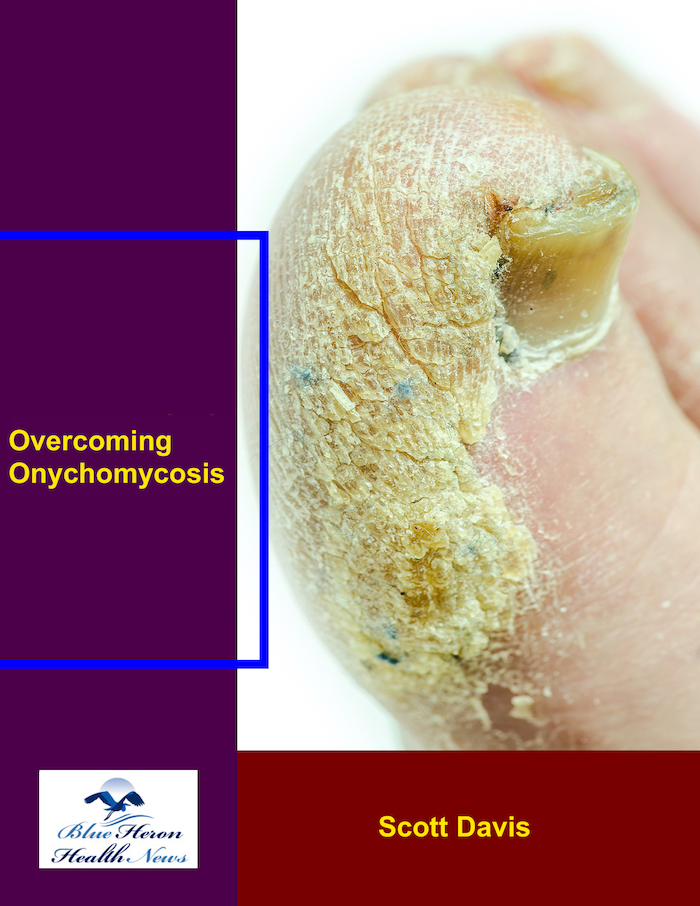
Overcoming Onychomycosis™ By Scott Davis It is a simple, natural, and all-in-one solution for onychomycosis. The program can help you to treat your nail fungus naturally. Once you follow this program, you do not need to spend on expensive treatments to prevent a recurrence. In brief, you can have a proven solution for your chronic nail fungus. Besides, the program is easy to follow, and most users find it effective against onychomycosis.
What are the surgical options for treating severe hemorrhoids?
Surgical procedures are usually reserved for bad or chronic hemorrhoids—especially those that fail to improve with lifestyle adjustments or office treatments (like rubber band ligation or sclerotherapy). Below are the main surgical therapies of hemorrhoids:
???? 1. Hemorrhoidectomy (Traditional Surgery)
✅ Best for:
Large internal or external hemorrhoids
Thrombosed (clotted) hemorrhoids
Recurrence of hemorrhoids after other therapies
⚙️ Procedure:
The surgeon excises the hemorrhoidal tissue using a scalpel, laser, or cautery.
Done with general, spinal, or local anesthesia.
⏱️ Recovery:
2 to 4 weeks to recover fully.
Can be very painful, especially during bowel movements.
⚠️ Risks:
Pain, bleeding, infection, urinary retention, and anal stenosis (rare)
???? 2. Stapled Hemorrhoidopexy (PPH – Procedure for Prolapse and Hemorrhoids)
✅ Best for:
Prolapsed internal hemorrhoids (when they bulge out of the anus)
⚙️ Procedure:
A ring stapling device pulls the prolapsed hemorrhoid tissue back in place and cuts off its blood supply.
Usually less painful than traditional surgery.
⏱️ Recovery:
Less downtime—typically 1 to 2 weeks.
⚠️ Risks:
Bleeding, recurrence, and rare but serious complications like rectal perforation or nerve damage
???? 3. Doppler-Guided Hemorrhoidal Artery Ligation (DG-HAL)
✅ Ideal for:
Internal hemorrhoids (Grade II and III)
⚙️ Procedure:
A Doppler probe locates arteries that supply hemorrhoids with blood.
The arteries are ligated, preventing blood flow and reducing the size of the hemorrhoid.
⏱️ Recovery:
Less pain, faster recovery (within several days to a week).
⚠️ Risks:
May be less effective for big prolapsed hemorrhoids
Recurrence possible
???? 4. Laser Hemorrhoidoplasty
✅ Ideal for:
Grade II and III internal hemorrhoids
⚙️ Procedure:
A laser fiber delivers energy to shrink hemorrhoidal tissue.
Minimally invasive and bloodless, typically performed in outpatient settings.
⏱️ Recovery:
Minimal pain and quick return to normal activities.
⚠️ Risks:
May be less effective for severe external hemorrhoids or Grade IV prolapse
???? Comparison Overview
Procedure\tBest for\tRecovery Time\tPain Level\tRecurrence Risk
Hemorrhoidectomy\tLarge or external hemorrhoids\t2–4 weeks\tHigh\tLow
Stapled Hemorrhoidopexy
Prolapsed internal hemorrhoids
1–2 weeks
Moderate
Moderate
DG-HAL
Internal hemorrhoids (II–III)
<1 week
Low
Moderate
Laser Hemorrhoidoplasty
Internal hemorrhoids (II–III)
Few days
Low
Moderate
✅ In Summary:
Surgery is generally reserved for bad, chronic, or complicated hemorrhoids. The appropriate procedure is based on the type, grade, and severity of your hemorrhoids—along with your pain threshold, lifestyle, and personal preferences. A colorectal surgeon can assist in making the best decision.
Would you like help deciding which choice might be best for a specific case or what to expect before and after surgery?
Rubber band ligation is a simple, routine procedure for internal hemorrhoids. It consists of cutting off the hemorrhoid’s blood supply, which shrinks, dies, and drops off—typically within a week.
⚙️ How It Works: Step-by-Step
Diagnosis & Preparation
The doctor uses an anoscope (a short tube inserted into the rectum) to locate the internal hemorrhoid.
Application of the Band
A tiny rubber band is wrapped tightly around the base of the hemorrhoid with a special instrument.
The band strangulates the hemorrhoid, shutting off the blood supply.
Hemorrhoid Dies & Falls Off
Within 3 to 10 days, the tissue of the hemorrhoid dies and falls off—often with a bowel movement.
A small scar is formed at the site, which avoids recurrence.
✅ Rubber Band Ligation Advantages
Brief outpatient procedure (typically <10 minutes)
No general anesthesia needed
Suitable for Grade I to III internal hemorrhoids
Minimal downtime—most people can return to normal activities shortly
Extremely high success rate: up to 80–90% in well-chosen cases
⚠️ Side Effects
Mild pain or pressure (especially in the first few days)
Bleeding (typically minor; may occur 7–10 days later when the hemorrhoid sheds)
Sense of fullness or urge to have a bowel movement
Less common complications:
Severe pain (may mean the band was placed too low)
Infection or urinary retention
Thrombosed external hemorrhoids (if there is swelling outside the anus)
???? Key Points
Not best for external hemorrhoids.
Often requires multiple sessions (e.g., one hemorrhoid at a time, several weeks apart).
Patients can avoid lifting heavy objects and straining for a couple of days following the procedure.
Stool softeners and a high-fiber diet are also recommended during recovery.
???? Bottom Line:
Rubber band ligation is an inexpensive, safe, and extremely popular procedure for mild internal hemorrhoids. It’s long term with a very low risk if done correctly.
Do you want to know how to prepare beforehand or ease pain afterwards?
Overcoming Onychomycosis™ By Scott Davis It is a simple, natural, and all-in-one solution for onychomycosis. The program can help you to treat your nail fungus naturally. Once you follow this program, you do not need to spend on expensive treatments to prevent a recurrence. In brief, you can have a proven solution for your chronic nail fungus. Besides, the program is easy to follow, and most users find it effective against onychomycosis.
